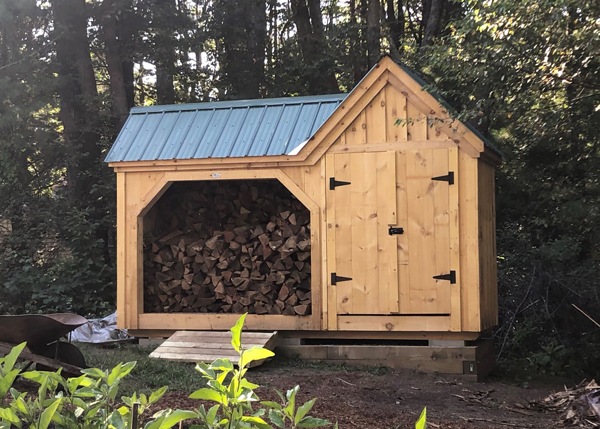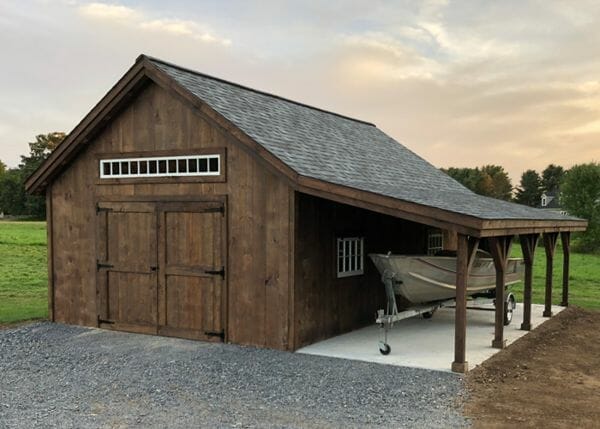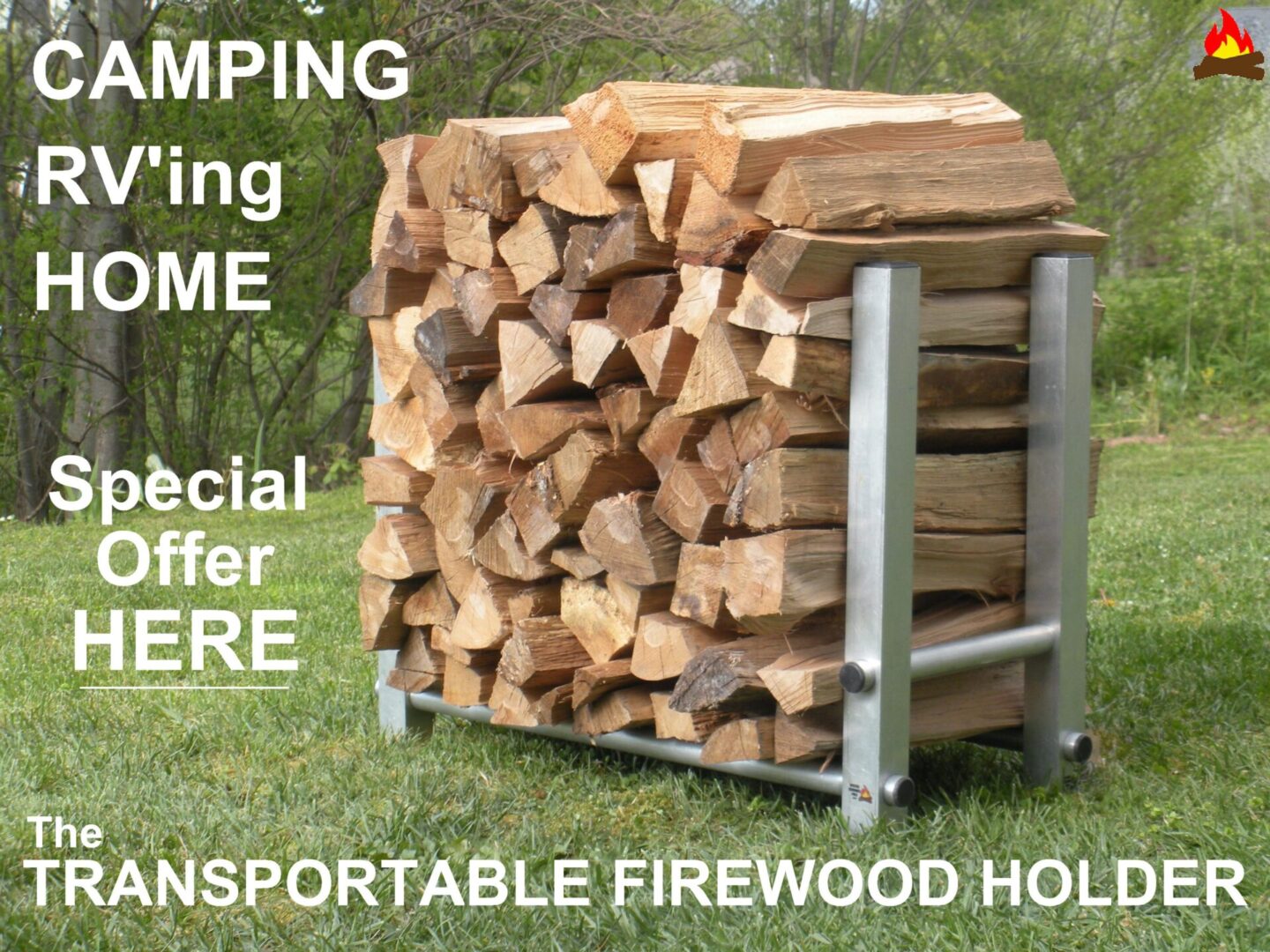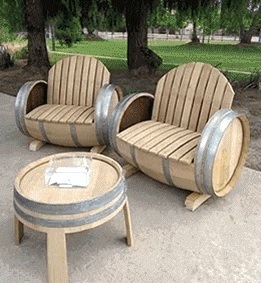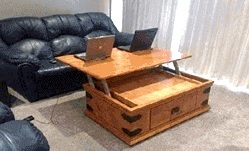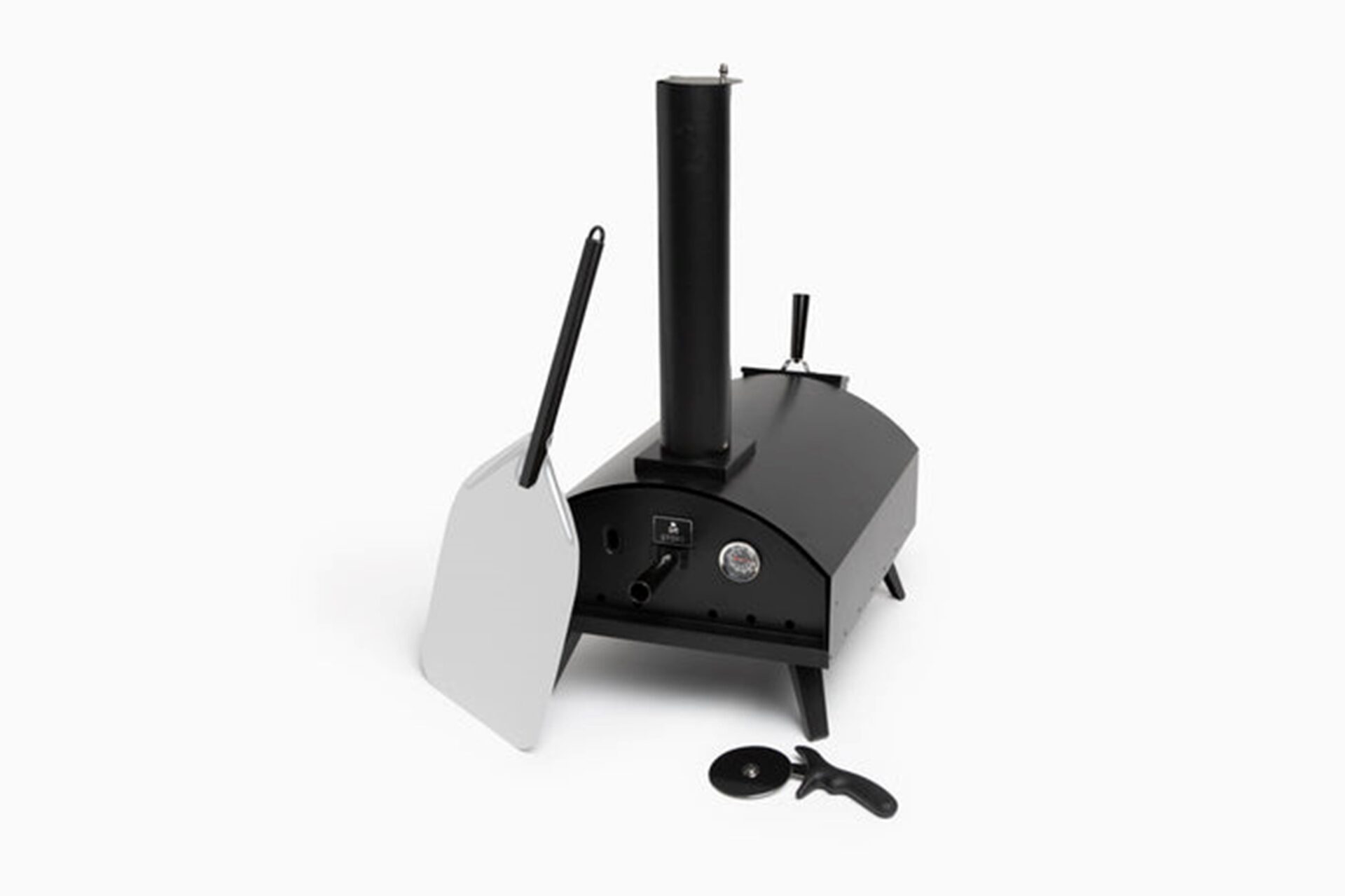My home, nestled within a small forest of Maple, Hickory and giant White Oak trees, was heated by a woodstove. The stove provided heat for warmth, cooked delicious foods, dried my clothes, and when the power went out, it provided light. In all those years of burning firewood, I’ve learned a few tricks and used a few tools that helped me hone valuable skills for maintaining woodstove fires. Listed below are some of those creative tips & tools I discovered along my woodburning journey.
First, the basics…and you do know this, right?
LEARN to BURN
START and MAINTAIN HOT FIRES
Sounds simple, right? But there is a knack to starting and rekindling all fires. This process needs attention because your goal should be to obtain a hot fire as quick as possible with the least amount of smoke. Never let the fire smolder as this increases the danger of creosote buildup and pollution. Incorporating a dependable fire-starting method is key to getting the best performance from your wood stove.
You’ve heard this a hundred times, but do you really do it?
USE SEASONED WOOD
Feed your woodstove only the best ingredients and it will give back a lifetime of warmth. Hardwoods are best for getting the most efficient heat and softwoods should be used for starting and rekindling fires. TIP: Carefully mixing these two wood types will allow for better burning.
Whatever wood species you choose, make sure…it’s…dry. Click HERE for 8 tips on how to make sure your firewood is dry enough to burn.
KINDLE THAT FIRE
Your choice of kindling wood is important too. It’s the major factor in getting the firewood hot enough to burn on its own. What works best for me is simple, free of charge, and can be found just about anywhere outdoors. It’s the most natural of materials too – paper, small slivers of wood and tree branches. I don’t care to put ‘processed’ products made of waxes in my stove box. If you’re burning a lot of fires, you’ll need to keep a modest supply of kindling on hand.
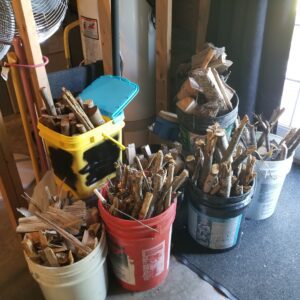
If you have trouble bending over to collect twigs off the ground, you can make your own kindling. This tool makes the perfect-sized kindling pieces, plus it’s a back-saver! Click HERE to see how I do it.
STRATEGIES TO MANAGE YOUR WOODSTOVE HEAT
It’s not practical to monitor your stove every minute of the day. But that’s the perfect reason to learn a burning method that works best for your lifestyle. I discovered a few firewood stacking configurations that worked well for me. I used these 3 log arrangements to control fires in situations where I needed heat for long days, overnight burns or cooking – or simply for enjoying the aesthetics of the flames!
First, it helps to have some experience using your stove’s damper vent(s). These dampers or air vents on your woodstove control the airflow into the firebox, allowing the fire to become established. When starting my fires, I keep the vent fully open. Once the fire takes hold, I adjust the vent, closing it in increments until all the firewood is covered with flames and burning without further help.
3 FIREWOOD STACKING CONFIGURATIONS
LOG CABIN
A dependable fire-starting method
This is how I build (and start) almost all my fires. It’s easy to stack and the tinder and kindling stay in place long enough for the fire to take hold. To get a hot fire with blazing flames as quick as possible, I recommend this stacking method. It works well for outdoor fires too.
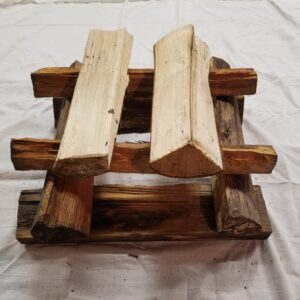
EAST/WEST
Good for longer burn cycles
This method (log ends facing left and right) is good for longer burns, as the firewood breaks down more slowly. While the heat output is lower, it’s good to have extended fires that need little or no maintenance. A word of caution: firewood stacked this way can cause one of the sticks of wood to roll off the pile and lean against the stove door. TIP: With this method, I only load the stove with ‘split’ lengths of firewood as opposed to round ‘unsplit’ pieces.
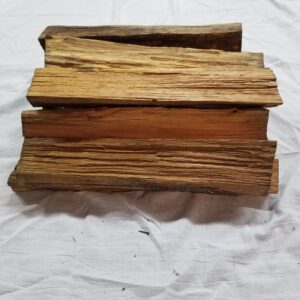
NORTH/SOUTH
Best for high heat output and maximum wood packing
I stack my woodstove using this configuration usually after I’ve got the fire established and there’s hot coals underneath. This is the most common method mostly because it’s easy to place and situate the logs, especially when the stove is hot with embers. It also allows for the most wood to be packed in the stove at one given time. I use this method specifically for long, overnight burns.
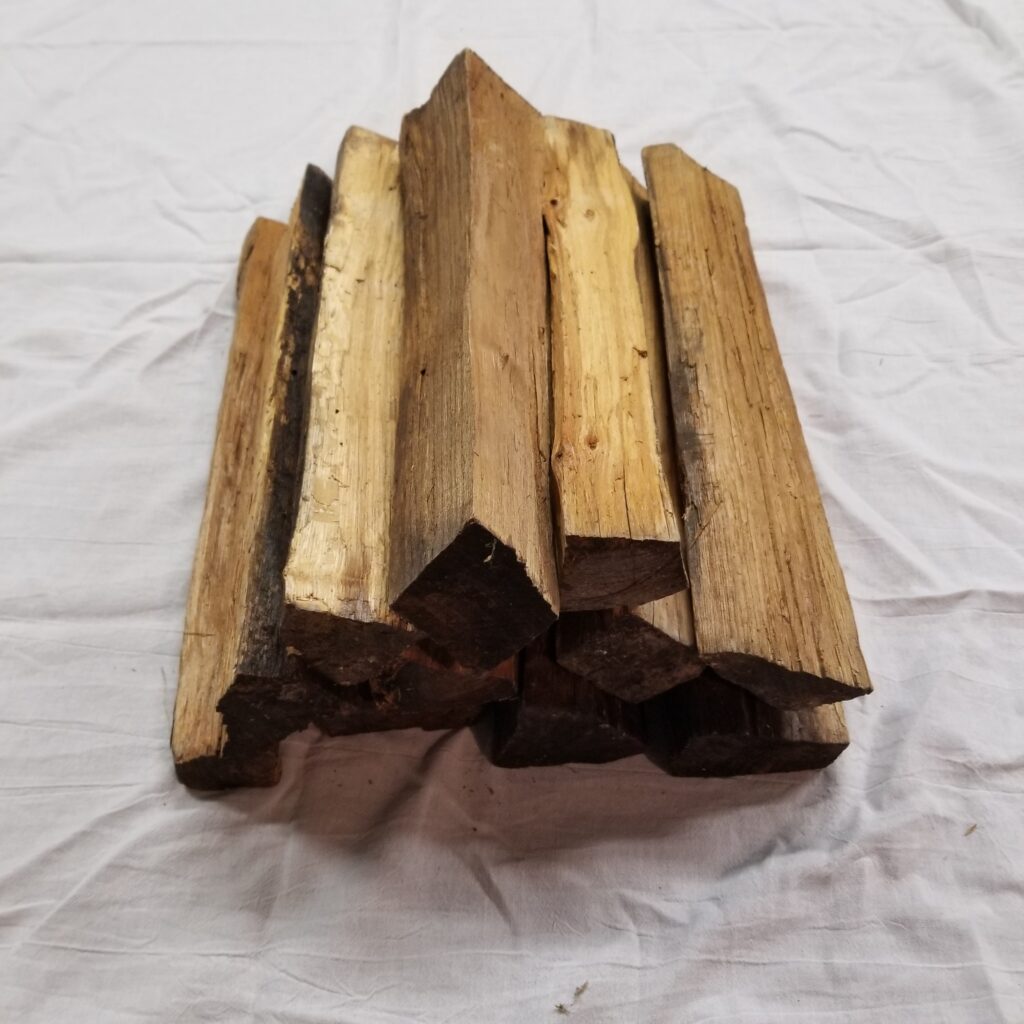
The reality is that every fire and woodstove is unique in its own way. The trick is to be creative and experiment with what method works best for your stove and situation.
TOOLS
Below are my top 6 picks for woodstove tools that made life easier when burning firewood. The tools I used are simple, inexpensive and they got the job done – not to mention they are necessary for proper operation and maintenance.
6 ‘Must-Have’ tools
1. Metal shovel and bucket You will need to remove ash from the woodstove. Because the ash could be a bit heavy, I used a small-handled metal shovel which helped balance the weight. I would also suggest a metal container with a lid. The lid helps control the dust and extinguish any hot embers.
2. Stove thermometer It is not a good idea to overfire your stove but unfortunately it happens. I used 2 thermometers, one on the stovetop and the other on the stovepipe. They are good indicators that let you know when your stove is close to overheating.
3. Ash and shop vacs Ash removal isn’t your only dirty problem. Dust, wood chips and splinters are a daily nuisance and if you are like me, I kept a clean home despite burning fires every day. The small shop vac I used was perfect for sucking up all those tiny wood splinters that fell off the firewood. It was also good for removing the ash dust off the floor around the woodstove. I highly recommend the ash vacuum too, as it really makes life so much easier. You simply stick the hose in the firebox and in a few minutes all the ash is removed with little or no dust!
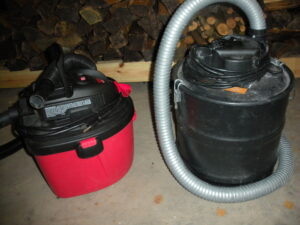
4. Fire poker/tongs I frequently used a fire poker to stoke the wood during burning cycles. Often times you will need to rustle the logs in the stove to make room for more or to simply adjust for better burning. This can be done more safely at a distance using a poker. As for the tongs, I rarely use them with a woodstove. I found it hard to open and close them in such a small box. For me, they are better suited for a fireplace or outdoor pit.
5. Heavy-duty gloves While not so much considered a ‘tool’, a pair of heavy gloves that covers your arms to the elbow, is valuable for a number of reasons. I use them to protect my skin from splinters when carrying and loading wood into the stove. But also, when I’ve got a hot fire going and need to add more logs, they protect my hands from the intense heat. I can’t tell how many times a burning log shifted itself towards the open woodstove door. Luckily, I had my heavy-duty gloves on and was able to grab and push it back into the fire without getting burned.
6. A firewood holder No need to carry firewood further than you have too. It is convenient to keep it close and safely stacked. It’s best to have your dry wood supply close enough to the stove so you can load without continuously opening and shutting the door. Firewood piled up on the floor, or in a different room other than the woodstove can be a hazard if not simply a pain in the butt to retrieve.
With the constant need to feed fuel to the stove, easy access to firewood is not only a safety concern, but common sense that makes transporting the wood easier. Of course you will need a firewood holder that is durable, compact, and capable of holding a lot of wood.
ITEMS NOT TO BE OVERLOOKED…protect your home, family and guests!
There’s nothing more important than your family and friends and the home where you enjoy spending time with them. Besides the insurance requirements, personal safety is most important.
You must have a few SMOKE ALARMS and FIRE EXTINGUISHERS located throughout the household. Because you never know…
A hot stove can burn the unsuspecting, especially guests and visitors to your home. Of course your own children and pets are important too, but having SCREEN GUARDS in place will keep everyone at a safe distance from the intense heat. They’re portable. Set one up only when needed!
It’s not just a decorative rug…this one is fire-retardant…and more – it’s a HEARTH RUG. I used one of these in front of my old fireplace. It not only protected my hardwood floors from hot embers, but it collected ash dust and small wood chips each time I loaded the fireplace. It was easy to take the rug outdoors and shake off the dirt. And yes, these fire mats can be a stylish and decorative addition to any room.
Last but not least (and hear me out on this one) … HYDROMETERS. I still use these gadgets to this day! They let you know the humidity level in specific areas of your home. Two reason why I have these in my home. First, my health. As we all know, a woodstove provides a warmth like no other. But when the humidity levels were low, that heat would dry out my nose, my eyes and my skin became itchy and flaky. Next, if low humidity levels remain constant, the super dry air, over time, may dry out wooden floors, furniture and more. I prefer the hydrometers that also tell time and indoor and outdoor temps. Something we all check throughout every day, right?
WOODSTOVE MAINTENANCE
Check the fire bricks and stove baffles Fire brick insulates the stove and the baffles help to ensure the wood burns clean. The baffles are the key ingredient that allows you to get that long, overnight burn from a load of wood. Both are important elements which will degrade over time and need attention to keep your stove operating efficiently. I thoroughly inspected my stove before and after my longest burning season…Winter.
Ash removal Removing the ashes on a regular basis will increase the heat output and efficiency of the firebox. Too much ash in the stove means less space for fuel (firewood). I used a small metal hand shovel to remove the ash and dump it into a metal container. There was so much dust, I used a mask to help from inhaling. I ended up purchasing an ash vacuum and what a difference – the ash is trapped in the container NOT in your home’s environment!
Clean the Chimney and Stove Pipe This is extremely important. Creosote buildup is dangerous and needs to be addressed. You never want to deal with a chimney fire! Do-it-yourself cleaning is possible with chimney/pipe sweep kits. However, the tradeoff is that the job could be a dirty one.
If you are not up for the task of climbing on your roof to clean your stove pipes and chimney, there is an alternative…all-natural fire logs. This method has come a long way since I started my wood burning journey years ago. The combustive materials used in the logs really do breakdown the creosote. While I needed to use a few logs throughout my burning season to eliminate the creosote threat, I realized it was a lot easier than getting covered in black soot if cleaning it myself.
With all that said, your best bet might be hiring a professional chimney sweep to do the job. If you get the right guy, it’s worth every penny.
Your household needs to know Once you establish a burning routine, woodstove maintenance plans, fire/ safety precautions etc. – let your family know. First, it is a benefit when more than one person can help with the tasks needed to start and maintain fires…safely. Next, and maybe most important, it’s best that children understand and respect too, the dangers that come with burning fires indoors.
A WOODSTOVE and HOME SECURITY
I’ve been burning firewood for the better part of my life and choosing wood heat for my home was one of the best decisions I’ve ever made. My woodstove provided a comfortable heat, cooked delicious foods, dried my clothes, and when the power went out, it gave light. It was a security blanket that protected my well-being.
Take care of your woodstove. It delivers much more than warmth!
Burn safe,
BZ
My NEWSLETTER…useful information and exclusive offers for the email list only
FACEBOOK…fun and behind the scenes
TWITTER…what’s currently on my mind


